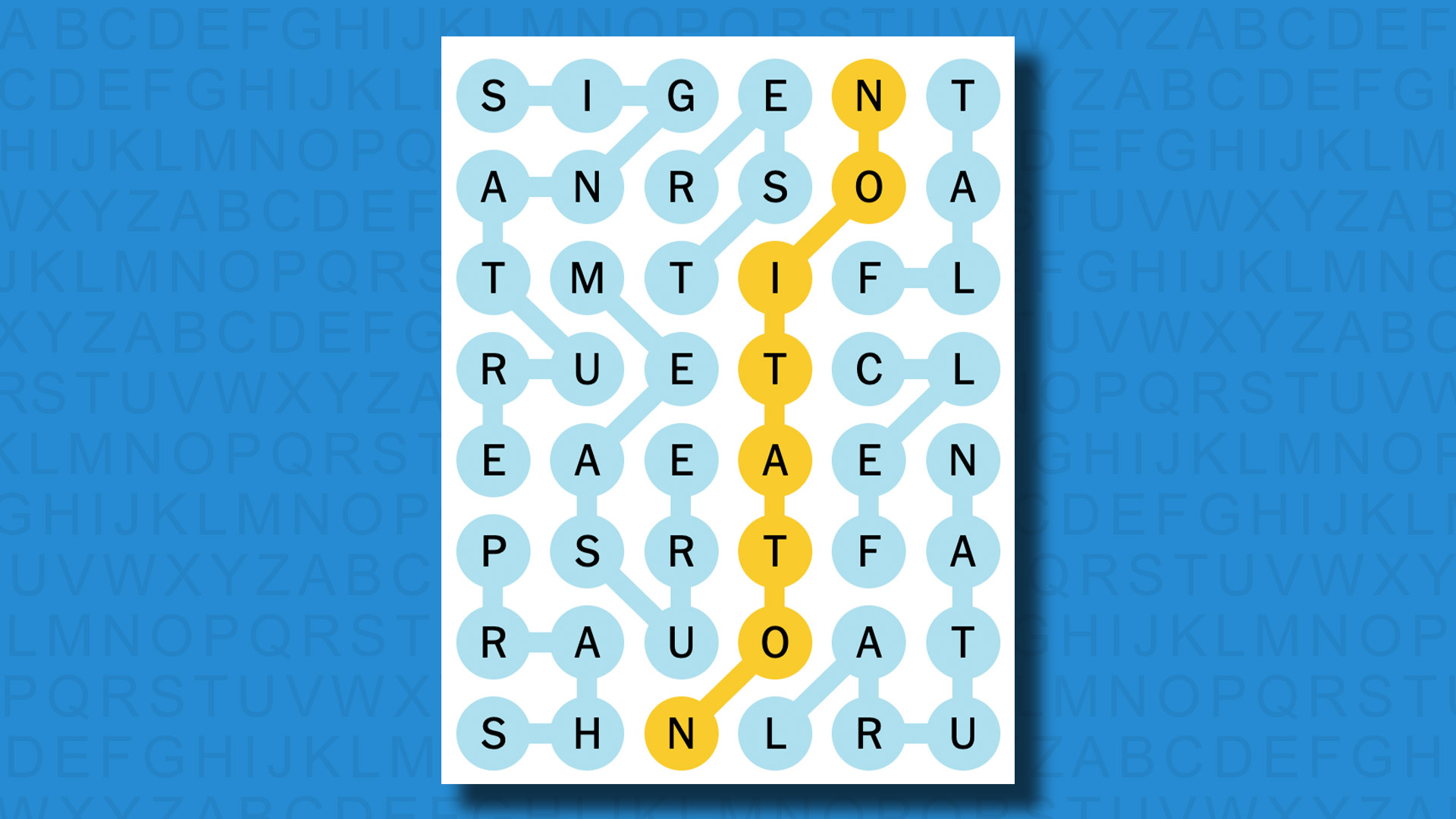[ad_1]
Another week, another set of Strands puzzles to solve courtesy of the New York Times’ Games section. And be warned – today’s is a tricky one. Read on for some (hopefully helpful) hints to see you on your way.
SPOILER WARNING: Information about NYT Strands today is below, so don’t read on if you don’t want to know the answers.

NYT Strands today (game #57) – hint #1 – today’s theme
What is the theme of today’s NYT Strands?
• Today’s NYT Strands theme is… Name dropping
NYT Strands today (game #57) – hint #2 – clue words
What are some good clue words today?
Play any of these words to unlock the in-game hints system.
• PINE
• BEAN
• JEAN
• MOWER
• TOIL
• BRAND
NYT Strands today (game #57) – hint #3 – spangram
What is a hint for today’s spangram?
• Sound guys and gals
NYT Strands today (game #57) – hint #4 – spangram position
Where does today’s spangram start and end?
• Start: left, 6th row
• End: right, 3rd row
Right, the answers are below, so DO NOT SCROLL ANY FURTHER IF YOU DON’T WANT TO SEE THEM.
NYT Strands today (game #57) – the answers
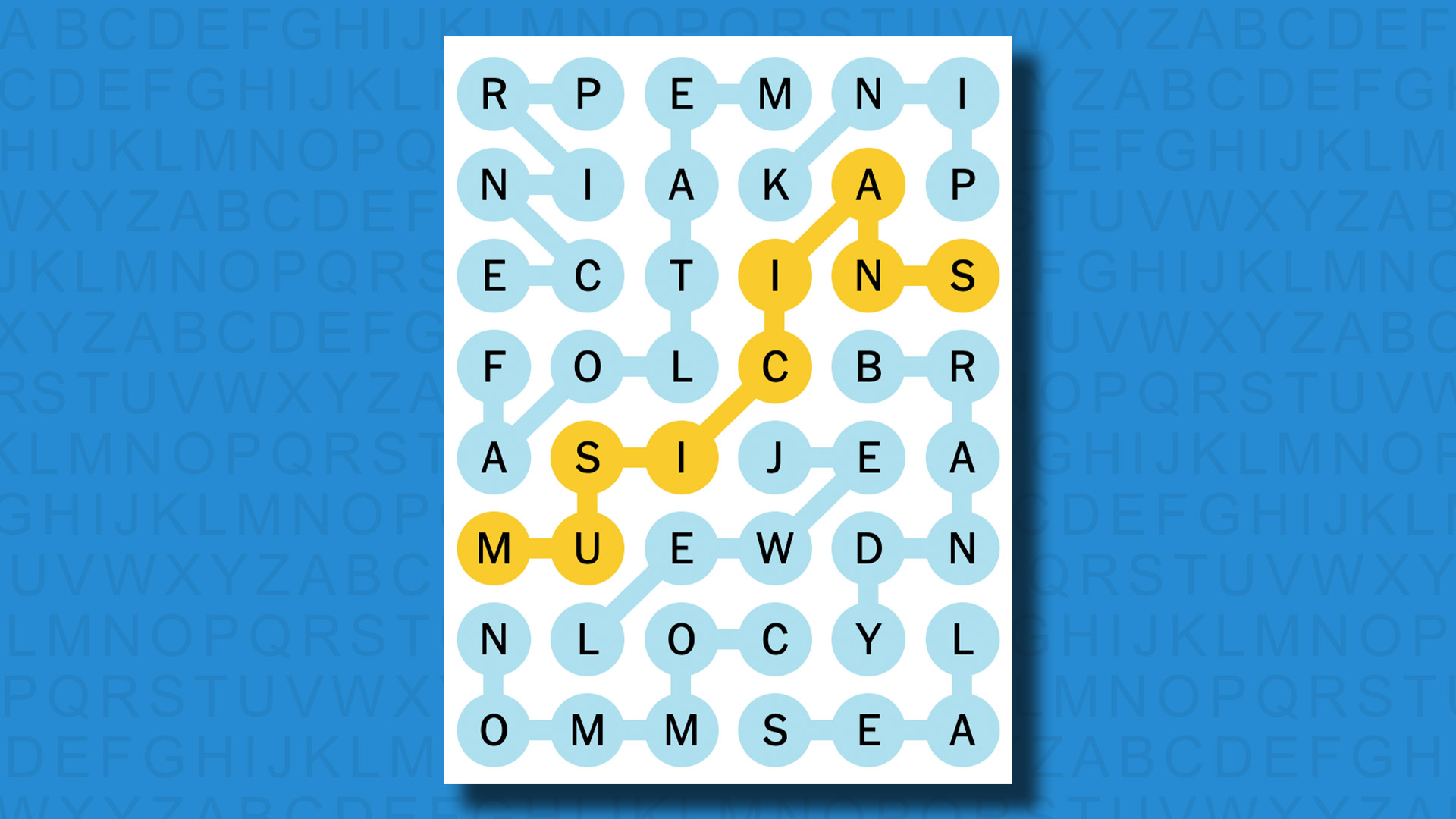
The answers to today’s Strands, game #57, are…
- PINK
- COMMON
- SEAL
- PRINCE
- MEATLOAF
- JEWEL
- BRANDY
- SPANGRAM: MUSICIANS
- My rating: Difficult
- My score: Perfect
This was another fairly tough Strands puzzle, mainly because there are so many options that it was hard to know what to look for. This is a theme among the more difficult editions of the game; look at a Strands puzzle such as the Headwear one and there are only so many possible answers, most of which you’ll be able to think of. But musicians? That’s so vast as to be almost unmanageable. I mean where do you start?
I started with PINK, which I found entirely by accident. Coupled with the clue of Name dropping I figured it might be celebrities or pop stars, rather than musicians exactly, but I couldn’t find any other examples for ages.
The next answer I found was SEAL, again by accident, followed by COMMON. The latter was the one that made me realize it was probably a broader category of musicians that was needed, and I claimed the spangram not long after that. As if often the case that gave the board a little structure and I was able to eventually discover the other words after another long search. I’m not sure how much I enjoyed this game – I think they work better when more closely focused. But maybe that’s just me…
How did you do today? Send me an email and let me know.
Yesterday’s NYT Strands answers (Sunday 28 April, game #56)
- RAZOR
- WASHCLOTH
- SOAP
- SPONGE
- SHAMPOO
- CONDITIONER
- SPANGRAM: SHOWER
What is NYT Strands?
Strands is the NYT’s new word game, following Wordle and Connections. It’s currently in Beta and can be played on the NYT Games site on desktop or mobile.
I’ve got a full guide to how to play NYT Strands, complete with tips for solving it, so check that out if you’re struggling to beat it each day.
[ad_2]
Source Article Link


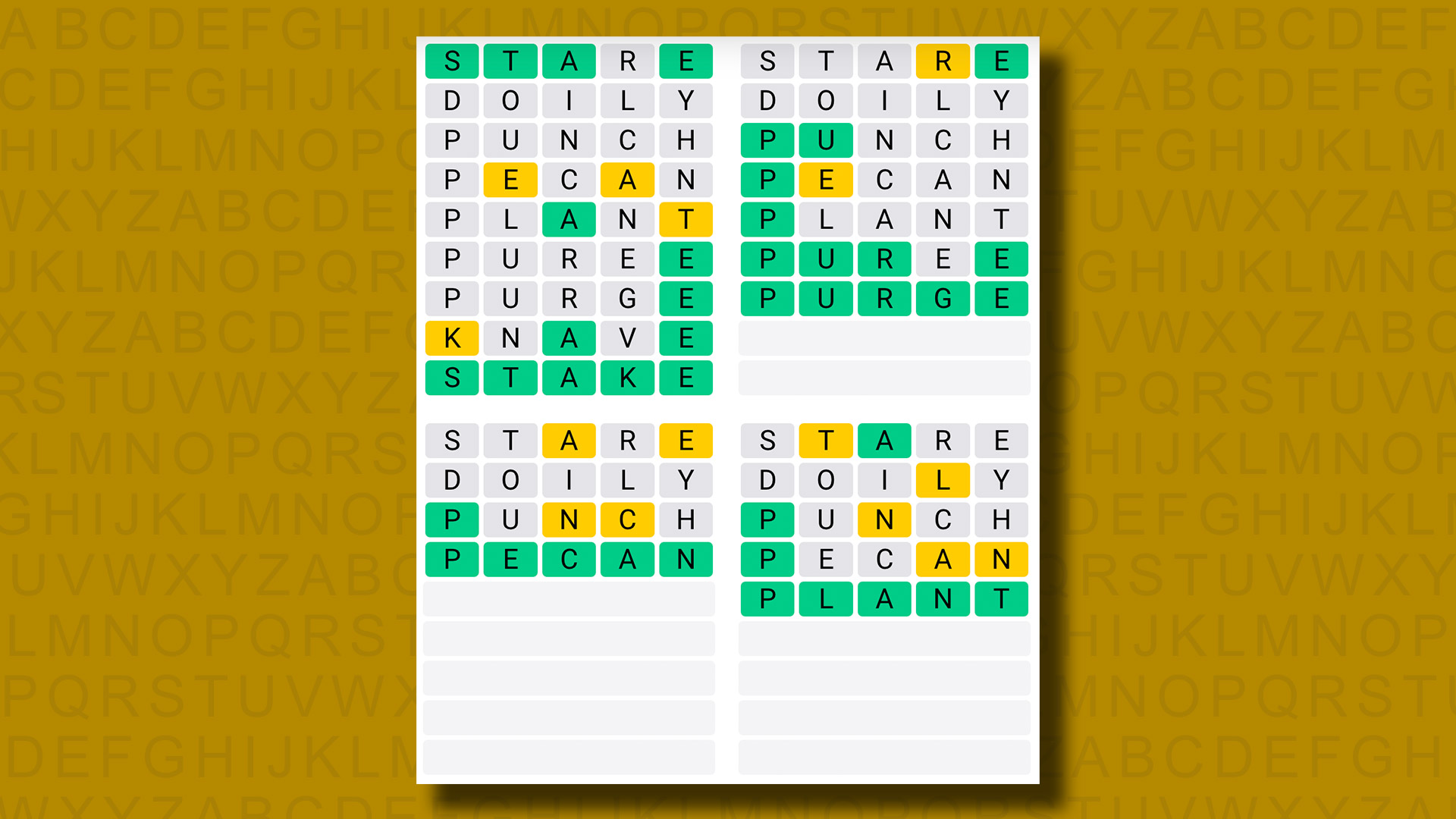
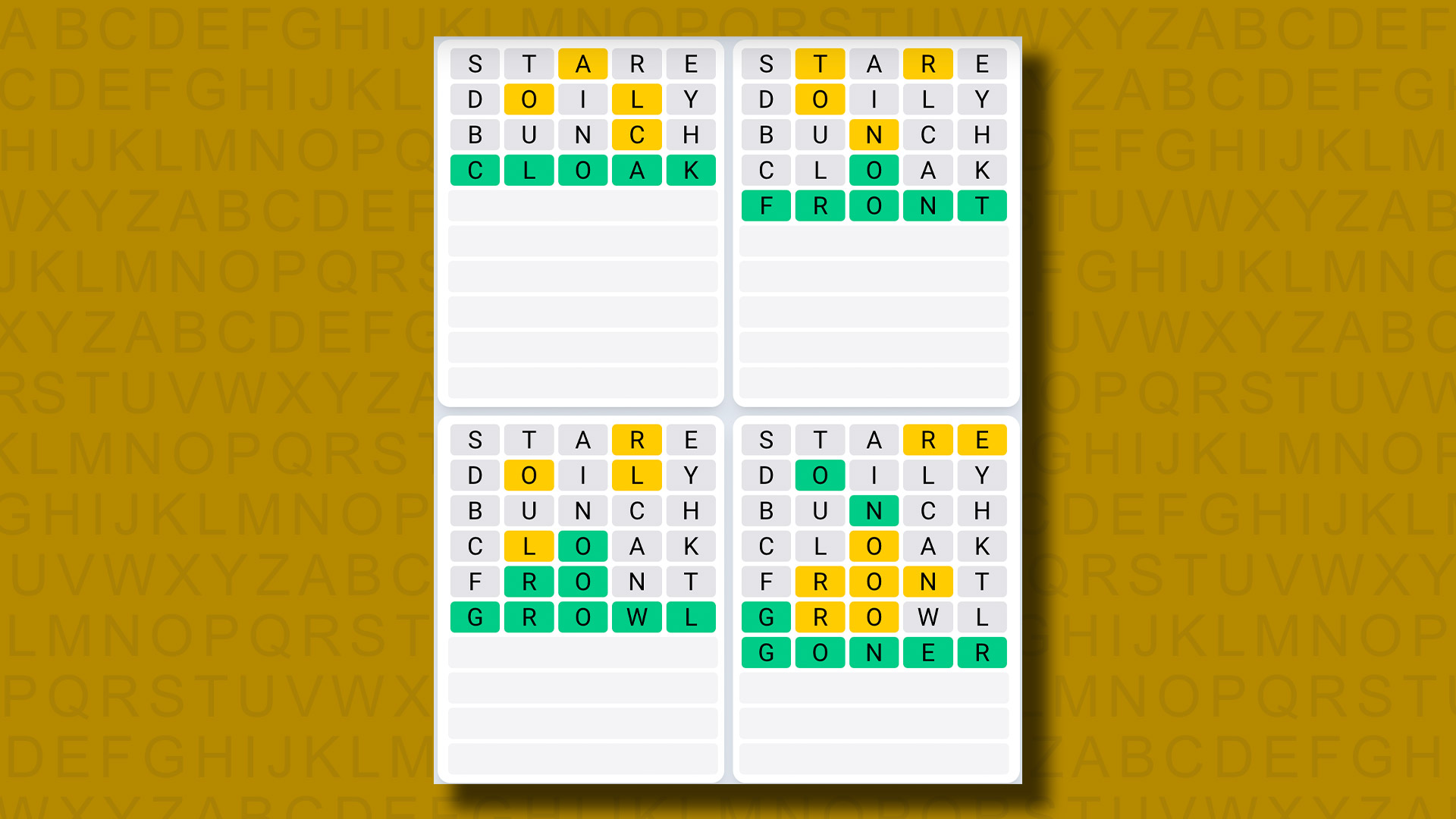

 April 28, 2003: Apple opens the iTunes Music Store, revolutionizing the music industry and digital distribution of content.
April 28, 2003: Apple opens the iTunes Music Store, revolutionizing the music industry and digital distribution of content.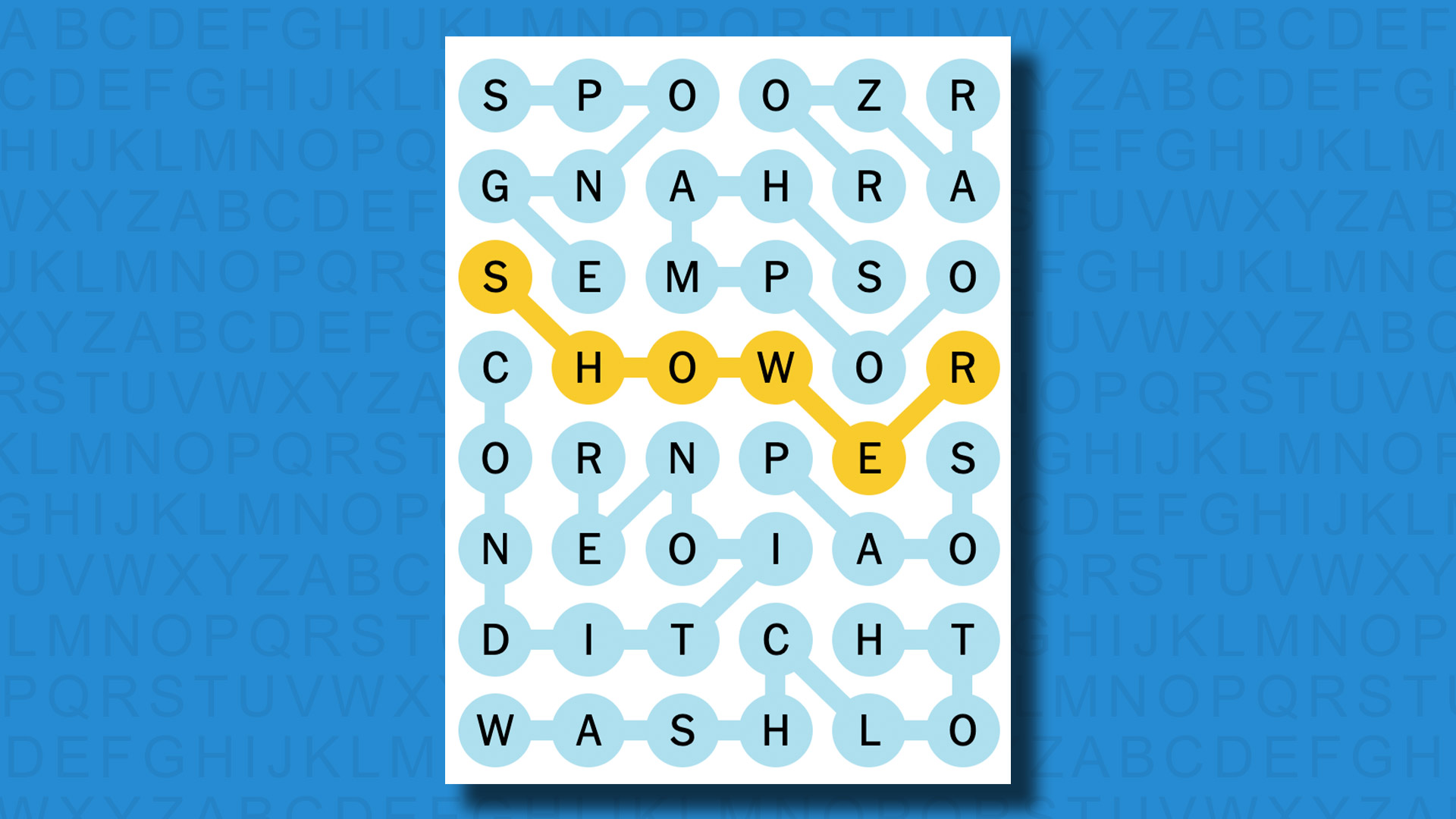
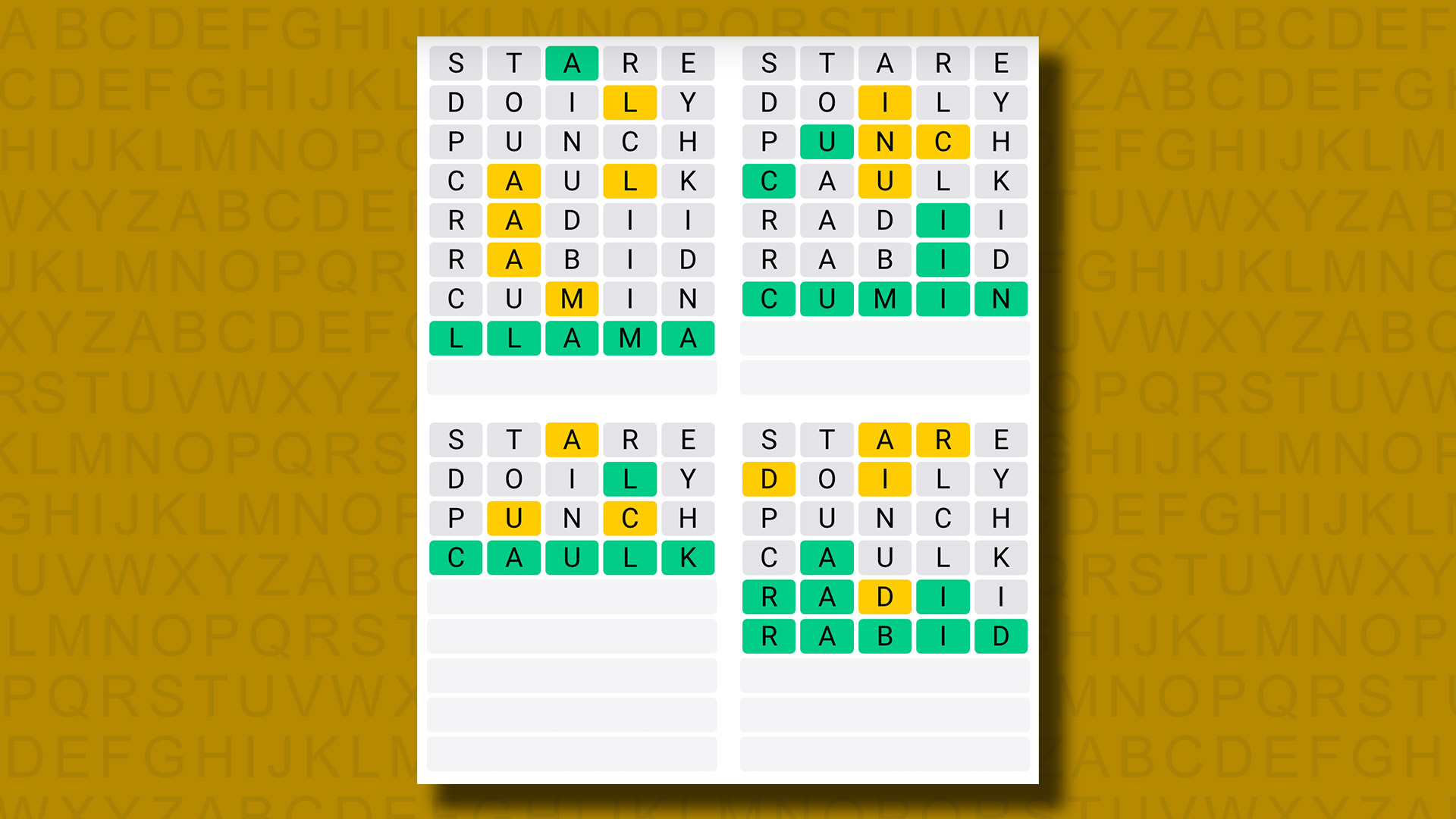


 April 27, 2008: Psystar’s first Mac clones ship to customers. The new Open Computer means that, for the first time since the mid-1990s, there’s no need to assemble a “hackintosh” to run OS X on a non-Apple computer.
April 27, 2008: Psystar’s first Mac clones ship to customers. The new Open Computer means that, for the first time since the mid-1990s, there’s no need to assemble a “hackintosh” to run OS X on a non-Apple computer.

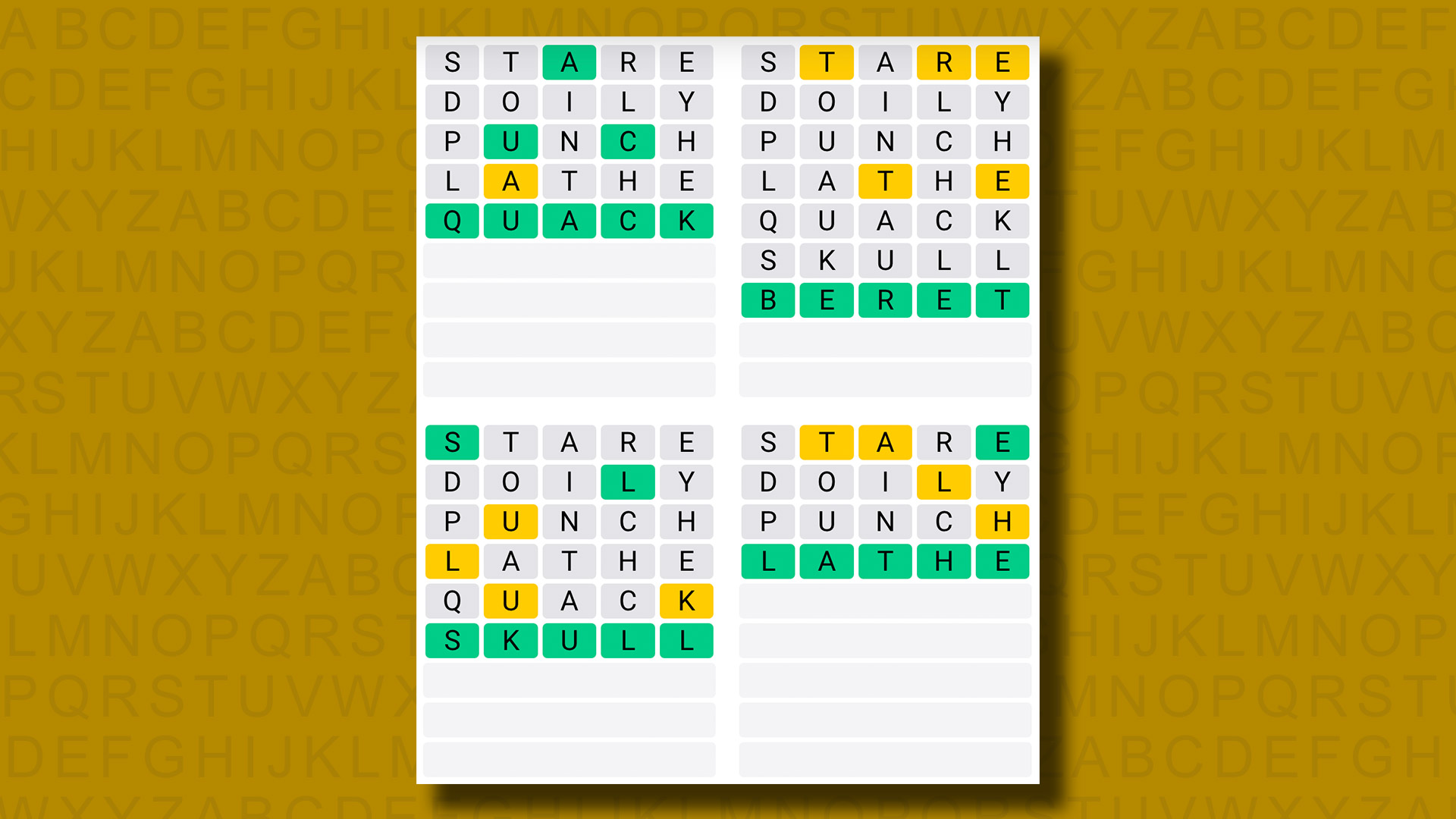
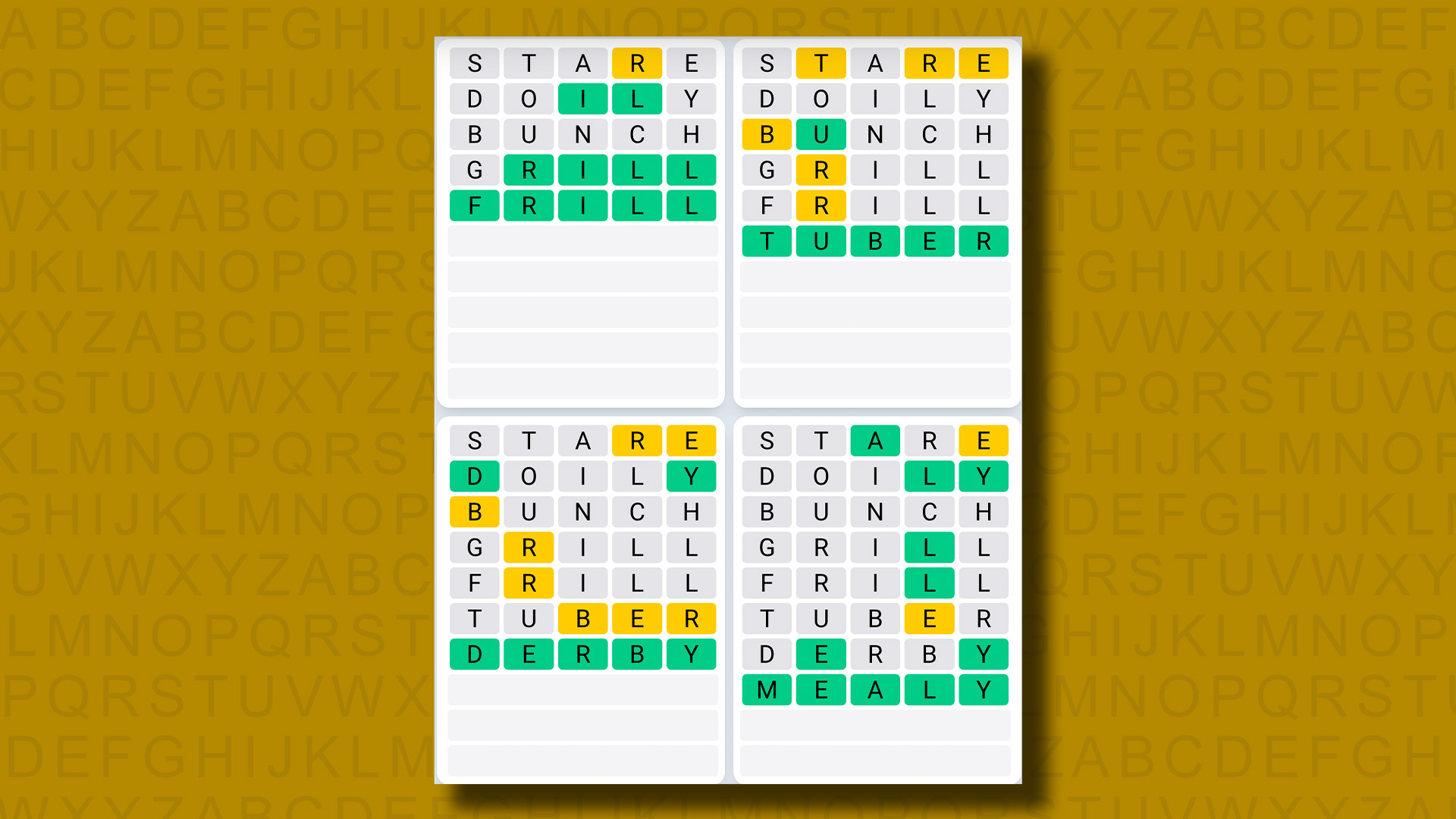

 April 26, 1996: Mac OS Copland, Apple’s eagerly anticipated but much-delayed operating system for the Macintosh, suffers a fatal blow when the senior VP in charge of the project leaves the company.
April 26, 1996: Mac OS Copland, Apple’s eagerly anticipated but much-delayed operating system for the Macintosh, suffers a fatal blow when the senior VP in charge of the project leaves the company.